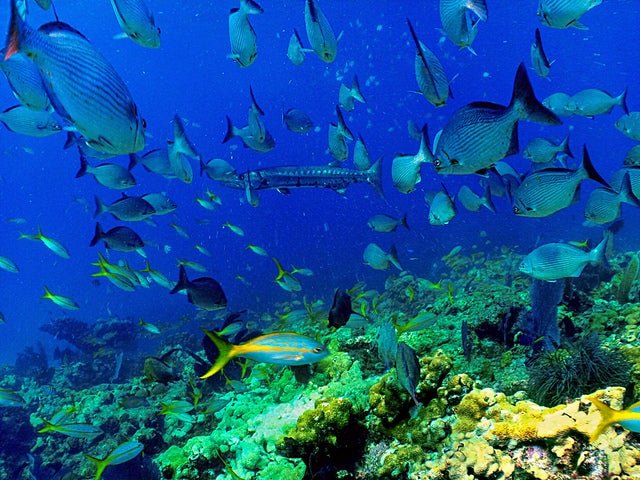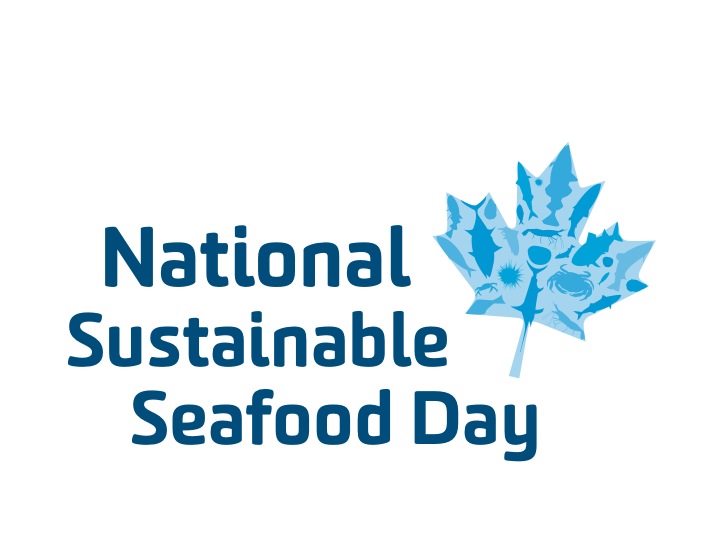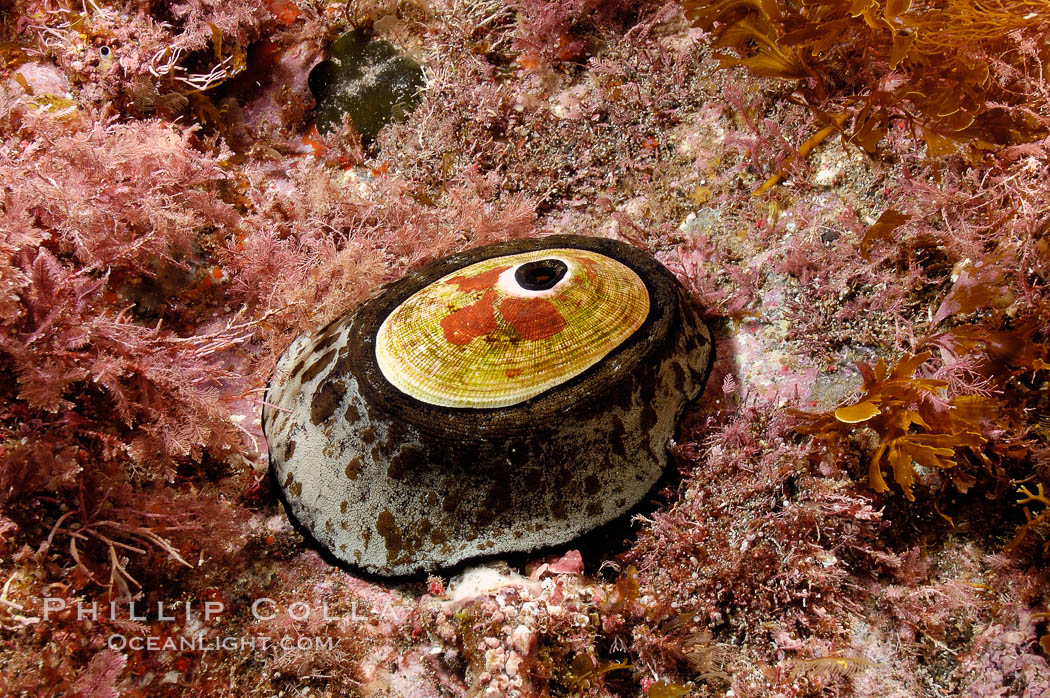There’s a long, sad history to the international scheme that’s been in place since the Exxon Valdez, to pay for the devastation created by an oil spill. The saddest part of that history involves the people who had to suffer the direct consequences of the spill—the fishermen, tourism operators and others whose living depends on a healthy ocean. The federal government’s review of tanker safety, released December 3, missed an excellent opportunity to learn from that history and in the result, leaves yawning gaps in its recommendations for oil spill response.
First, let’s debunk the spin that government gave to the report’s recommendations: this review does not recommend that polluters should have unlimited liability for spills. Not even close. What it does say is that we should take the cap off of a special fund that Canada holds, that presently contains $400 million. Taking off the cap just means that the whole $400 million could be made available in the case of a single spill. That doesn’t count for much, when you consider that the economic losses flowing from a major spill on the Enbridge tanker route have been calculated at over $10 billion. That’s money that will be lost by the people making their living on the north and central coast.
 |
| See how spilled oil would move along the coast. |
About the special fund: the Ship Source Oil Pollution Fund was created back in the 1970’s, by putting a levy on the import and export of oil. The fund only collected revenue for 4 years. Since then, taxpayers have been paying interest on the capital amount in the fund. Forty years on, that money can hardly be said to belong to the “polluters”; when the fund pays out, it will be mostly our own money that’s being paid.
The tanker safety review also recommends that, if the $400 million should ever prove to be insufficient to compensate for a spill, taxpayers should pick up the slack by loaning money to the fund. Then, there might be another levy imposed which, over the years, might pay back the loan. Or not. The viability of this scheme for passing liability on to the ‘polluter’ really depends on what you think should be compensated by the fund. If we properly made it up to the people whose livelihoods were destroyed by a major spill, we’d be talking $10 billion. It would take quite some time to levy that amount out of the oil industry.
But then, it’s entirely unclear that the government intends to compensate Canadians for the losses they will suffer when there’s a spill. As it stands, the Fund doesn’t cover that kind of loss. It will pay for helping pick up the oil and for “preventive measures taken to minimize damage caused by the discharge of oil”. It’s completely silent on the losses of fishermen with no fish, hotels with no guests and businesses without customers.
This is one of the lessons we learn by reading the sorry legacy of the Exxon Valdez spill. Ordinary working people paid the real costs of that spill and they’re still paying today. In the US, in order to prevent such a result from ever devastating a town again the way Exxon did Cordova, they passed the Oil Pollution Act—a statute that really does enshrine the ‘polluter pays’ principle. Companies responsible for a spill are liable for “Damages equal to the loss of profits or impairment of earning capacity due to the injury, destruction, or loss of real property, personal property or natural resources”.
It seems an obvious choice to recommend the same kind of legislation for Canadians, if you’re seriously committed to protecting them.













 Andrew Mitchell is Living Oceans Society's summer student, working on our
Andrew Mitchell is Living Oceans Society's summer student, working on our 





 Working in the marine conservation world in Canada these days can be very discouraging, you get up, go to work, spend your days in the office (if you don't work in the field), and go home with the hope that something you did made a difference. It can be easy to forget sometimes why you do what you do, unless you spend time watching the natural world.
Working in the marine conservation world in Canada these days can be very discouraging, you get up, go to work, spend your days in the office (if you don't work in the field), and go home with the hope that something you did made a difference. It can be easy to forget sometimes why you do what you do, unless you spend time watching the natural world.








